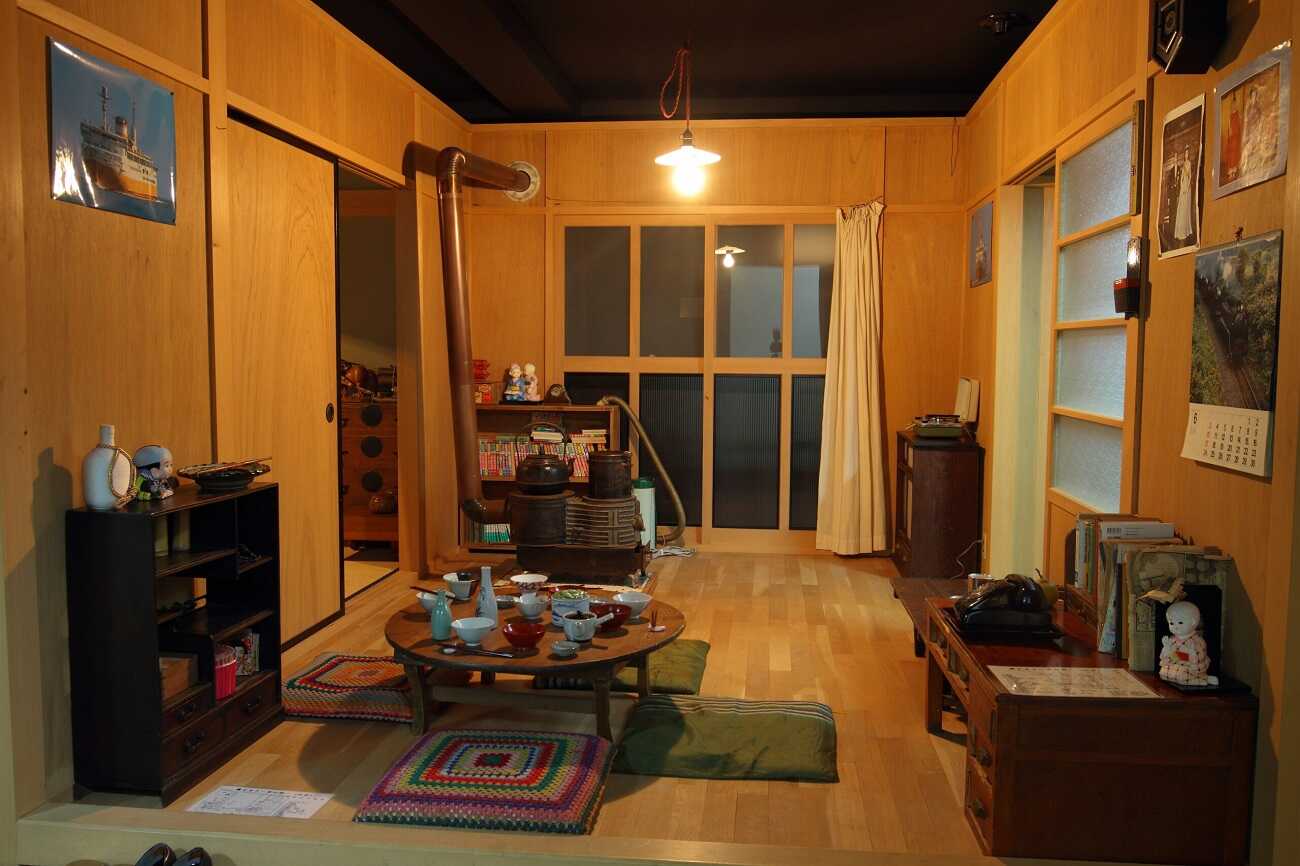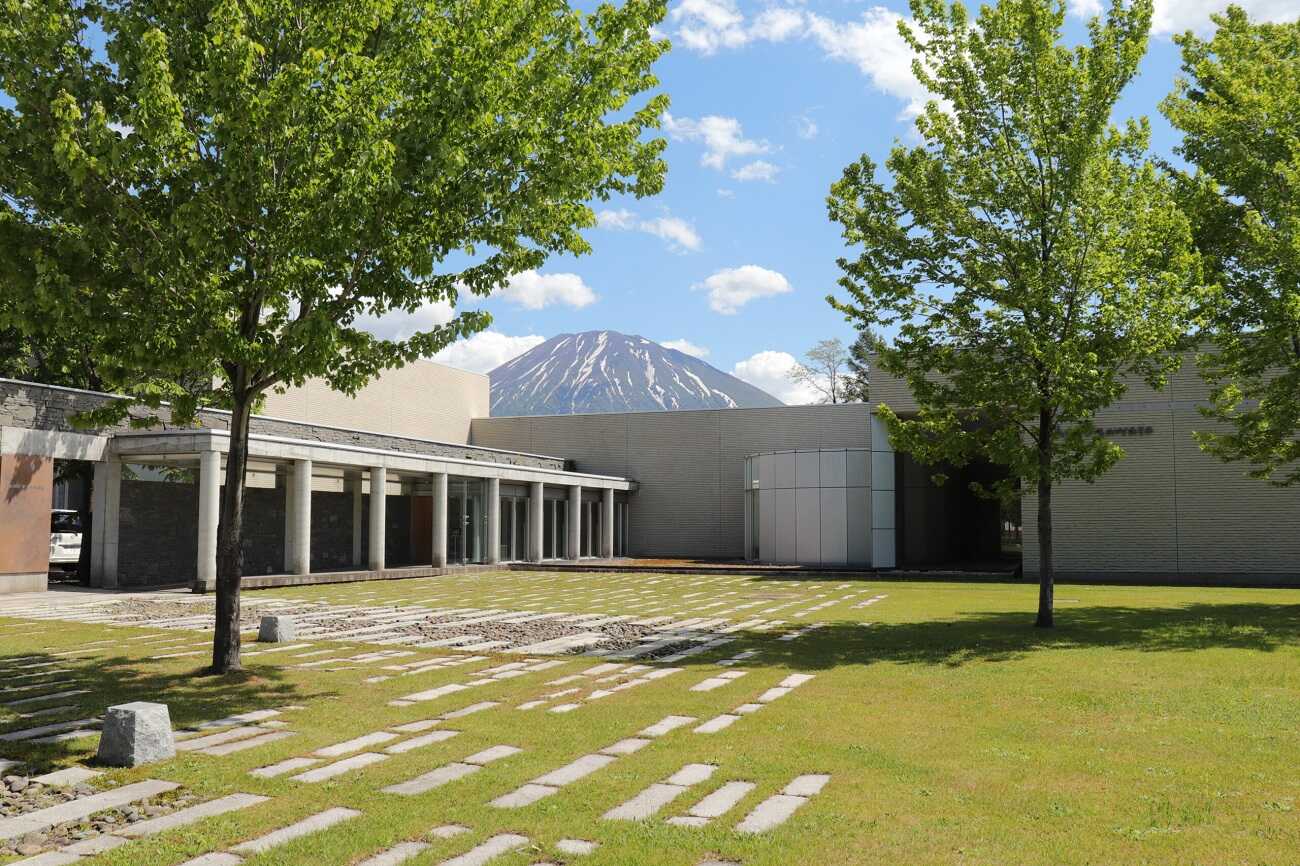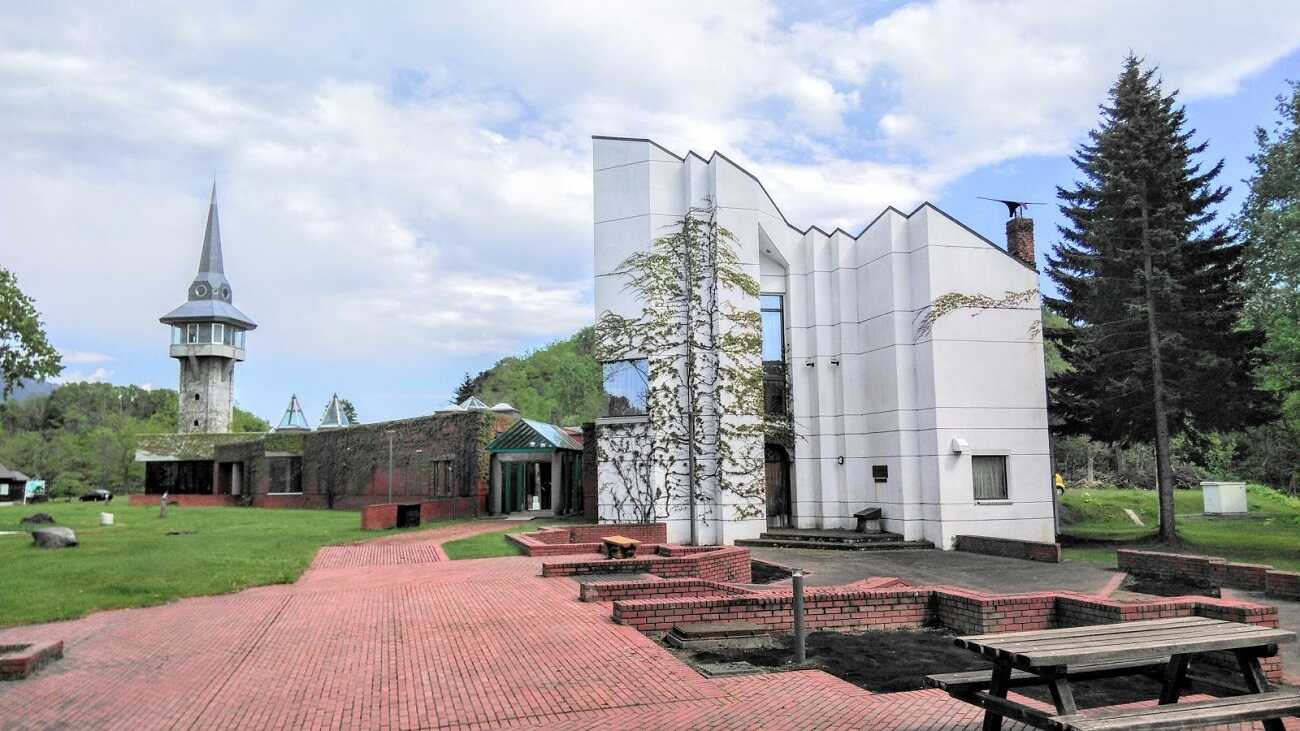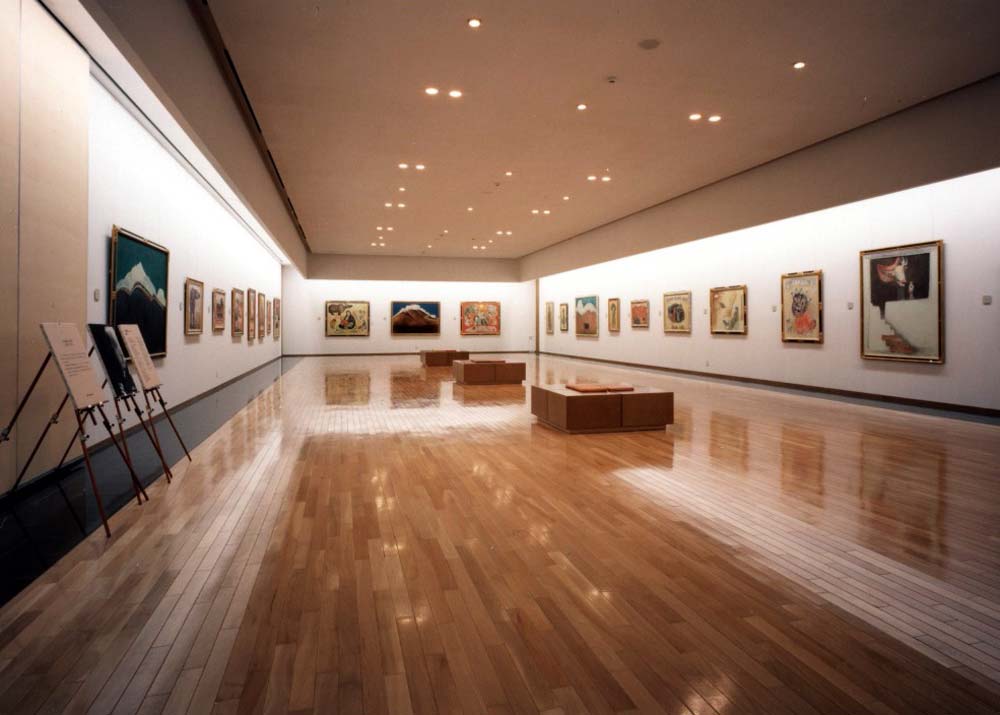Recognized worldwide as a premier winter sports and leisure destination, Niseko is well-loved by travelers across the globe for its stunning natural landscape, powdery-white snow, top-tier leisure facilities, and vibrant après-ski scene. The picturesque town, situated in the northern prefecture of Hokkaido, boasts several interconnected ski areas and an annual snowfall averaging 15 meters, allowing unparalleled skiing and snowboarding opportunities.
While Niseko is famed for its ski trails and snow-capped peaks, it is also a cultural hub that provides unforgettable experiences through art galleries, cultural centers, and museums that offer insights into the community’s vibrant history and ingenious creativity.
Exploring Niseko’s Museums
From evocative paintings to literary legacies, Niseko’s museums offer an equally compelling and enriching reason to visit the region. These museums enhance the travel experience in Niseko by offering travelers a closer look into the region’s rich history while providing a more serene and calm contrast to the dynamic energy experienced on the ski slopes.
1. Natural History Museum Kutchan Fudokan

Kutchan Fudokan was initially built in 1977 as a training camp facility. In 2002, it was transformed into the Natural History Museum to promote understanding of nature and history around Kuchan. The museum’s exhibition area is divided into two zones. The first zone highlights the unique environment of Niseko and the majestic Mt. Yotei, while the second zone depicts the life, history, and culture of Kutchan.
The Nature Exhibition Zone has panels and specimens that feature Niseko’s widely famous powdery-white snow, the structure of Mt. Yotei, and the area’s nature, flora, and fauna. On the other hand, the Humanities Exhibition Zone focuses on the rich, vibrant life and unique culture of Kutchan and its history, which dates back to the prehistoric age. The museum also showcases replicas of the town during the Showa era, the wings of a World War II Zero Fighter, and an interactive aerial map of Mt. Yotei and the Niseko Mountains.
2. Shu Ogawara Museum of Art

The museum’s permanent collection highlights the works of Shu Ogawara, a painter born in Kutchan in 1911. He graduated from the Tokyo Fine Arts School (now known as the Tokyo University of the Arts), and he began his career as an avant-garde painter but was forced to give it up because of the creative restrictions during World War II. After the war, Ogawara returned to his hometown and devoted himself to making art for the rest of his life. In 1999, the museum was opened to commemorate Ogawara’s life and works.
In addition to Ogawara’s works, the museum also holds special events and exhibitions featuring artists associated with the region. The museum is also famous for its contemporary structure, sunlight-filled spaces, and scenic location that features magnificent views of Mt. Yotei. The Shu Ogawara Museum of Art is a testament that preserving and showcasing local artistic talent helps enrich the community by fostering a sense of pride, encouraging personal expression, inspiring creativity, and ensuring that their cultural identity remains intact and dynamic for future generations to appreciate.
3. Arishima Memorial Museum

This museum is dedicated to Takeo Arishima, a critically acclaimed novelist known for his works, such as Kain no Matsuei (Descendants of Cain), Umareizuru Nayami (The Agony of Being Born), and Aru Onna (A Certain Woman). Born in 1878 during the Taisho era, Arishima is a trailblazer in Japanese literature, known for his contemporary writing style and forward-thinking themes used to hint at his displeasure with society. Aside from novels, he also wrote children’s stories, plays, social criticism pieces, and more.
The museum is on the Arishima Farm, his family’s farmland, which he eventually donated to local Niseko farmers. Today, the memorial museum is a go-to attraction in Niseko, and it features the famous author’s life, works, writings, letters, and photographs, as well as the history of the Arishima Farm. Aside from these, the museum also features over 10,000 of Hideyuki Fujikura’s “harie” illustrations depicting Hokkaido’s landscapes.
Conclusion
Overall, Niseko’s unique blend of fun outdoor adventures and rich cultural tapestry makes it a remarkable, multifaceted destination where the thrill of gliding down the snowy slopes blends seamlessly with fascinating cultural discoveries. The Natural History Museum Kutchan Fudokan, Shu Ogawara Museum of Art, and Arishima Memorial Museum are three of Niseko’s cultural prides that offer a glimpse of its colorful story beyond the ski slopes. These cultural landmarks serve as windows to the region’s soul, allowing visitors to gain a deeper appreciation of the artistic works, inspirational stories, and historical narratives that have shaped Niseko’s identity and made it the one-of-a-kind destination it is today.
Related articles: Fun Things to Do in Niseko During Summer Season, Niseko Activities that Kids will Love
–
Featured Image by Experience Niseko






